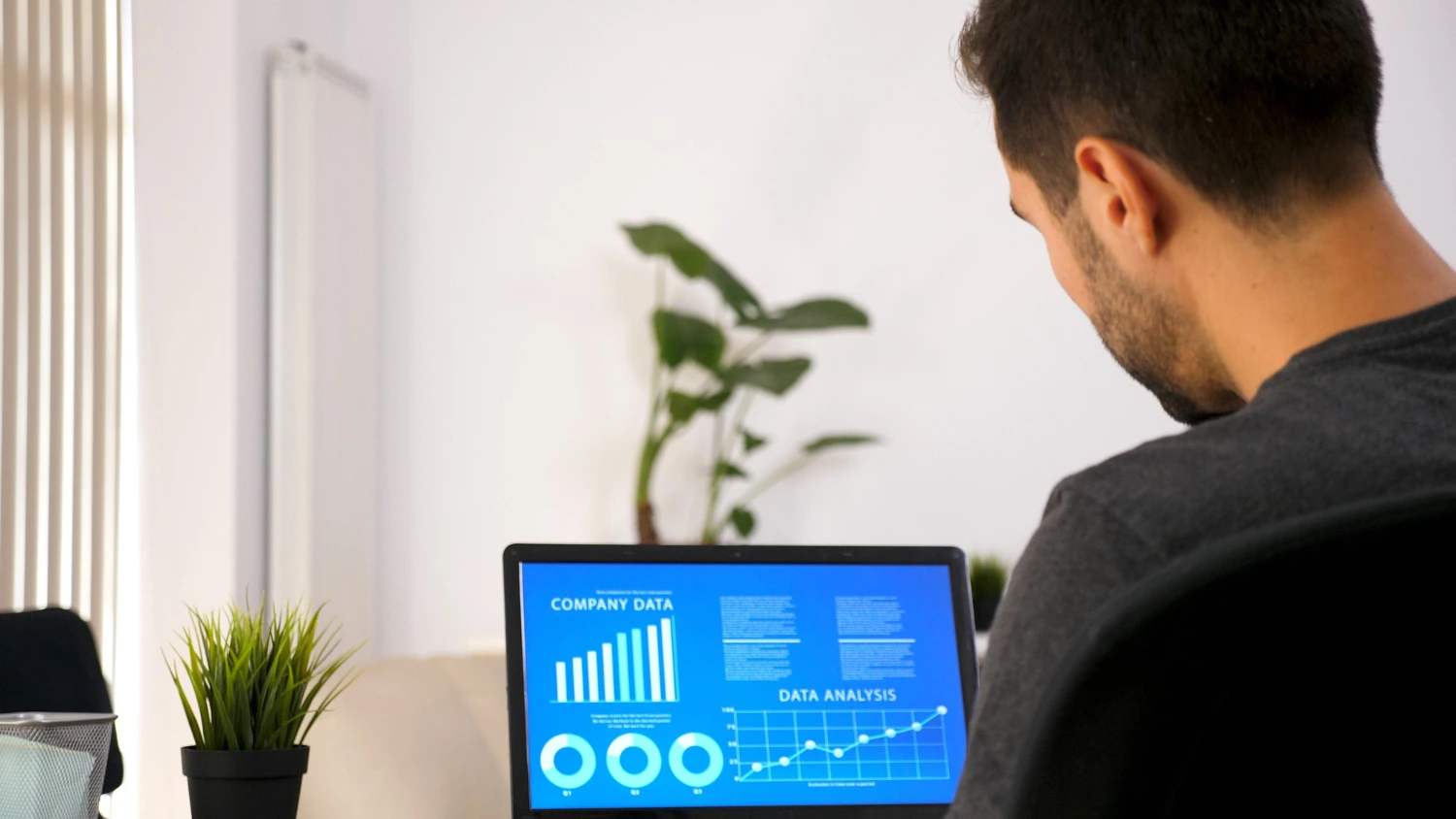As they Want to The Future
페이지 정보

본문
Case Study: Transforming Business Insights with Power BI Dashboard Development
Background Data Visualization Consultant

In today's data-driven environment, companies are increasingly counting on data analytics to make informed decisions. One such company, a mid-sized retail business named Trendy Apparel, discovered itself having a hard time to harness the huge quantities of sales and client data it gathered. The business, which runs both online and through brick-and-mortar stores, aimed to combine its data insight processes to enhance decision-making and improve operational performance. Recognizing the potential of business intelligence tools, the management group chose to develop a comprehensive dashboard utilizing Microsoft Power BI.
Challenges
Trendy Apparel dealt with numerous difficulties that impeded its data analysis capabilities:
- Data Silos: The organization had data kept in various systems-- CRM for client data, ERP for inventory management, and Excel sheets for sales tracking. This fragmentation made it hard to get a holistic view of the business.
- Lack of Real-Time Insights: The decision-makers often depend on out-of-date reports, hindering their ability to act on real-time patterns and insights.
- User Accessibility: The previous reporting tools were technical and not easy to use, developing a barrier for non-technical personnel to access essential information.
- Limited Analytical Capabilities: The existing tools were primarily focused on producing fixed reports, lacking extensive analytical functionalities.
Objectives
Trendy Apparel intended to achieve the following objectives through Power BI dashboard development:
- Centralize Data: Integrate disparate data sources into a single, cohesive dashboard.
- Enable Real-Time Analytics: Provide decision-makers with real-time data visualizations to support nimble actions to market changes.
- Enhance User Experience: Create an interactive and instinctive interface to empower all workers, no matter their technical backgrounds, to analyze data effectively.
- Facilitate In-Depth Analysis: Provide dynamic and visual analytical tools that make it possible for the exploration of data trends and insights.
Implementation
The development procedure was performed in a number of key stages:
- Data Combination: The first action involved linking Power BI to numerous data sources, including the business's CRM, ERP, and sales databases. A data storage facility was established to facilitate the extraction, transformation, and loading (ETL) of data from numerous systems. This got rid of data silos and permitted a combined view of the business.
- Identifying KPIs: Working carefully with stakeholders from numerous departments-- sales, marketing, finance, and operations-- the team identified key efficiency indicators (KPIs) essential for determining business success. These included sales development, stock turnover, client fulfillment scores, and online conversion rates.
- Dashboard Design: The design process focused on visual storytelling. Interactive aspects like slicers, charts, and maps were integrated to allow users to filter and examine data on-the-fly. The control panel included areas for sales performance, consumer insights, and operational metrics.
- User Training: To make sure staff member buy-in and reliable use of the new control panel, training sessions were arranged. These sessions provided practical, hands-on experience with the dashboard, demonstrating how to pull insights important to particular roles.
- Feedback and Iteration: After the initial rollout, the team gathered feedback from users to understand discomfort points and areas for enhancement. Regular updates were made to boost performance based upon these insights.
Results
The execution of the Power BI control panel yielded substantial benefits for Trendy Apparel:
- Improved Decision-Making: Senior management reported quicker and more educated decision-making procedures. The availability of real-time data enabled the marketing group to adjust campaigns based upon instant consumer habits and patterns.
- Increased Efficiency: The automation of data collection and reporting reduced the time spent on creating reports by around 50%. Employees might now concentrate on evaluating data instead of compiling it.
- Enhanced User Engagement: The user-friendly design of the control panel encouraged more workers to engage with data analytics. A larger range of personnel members started utilizing the dashboard for daily decision-making, causing a data-driven culture across the organization.
- In-Depth Insights: With innovative analytical capabilities, the team had the ability to determine seasonal trends, client choices, and operational bottlenecks, which played an important role in tactical planning.
Conclusion
The application of a Power BI control panel transformed Trendy Apparel's method to data analytics. By centralizing data sources and enabling real-time insights, the business significantly improved its decision-making procedures and functional performance. The user-friendly nature of the control panel assisted in greater engagement with data throughout all levels of the organization, eventually promoting a culture of data-driven decision-making. Trendy Apparel's financial investment in Power BI has not only solved its instant data obstacles but has actually also set the foundation for ongoing business development and adaptability in a rapidly changing retail environment.
- 이전글Play m98 Gambling establishment Online in Thailand 25.08.23
- 다음글Ufabet: Enjoy Thrilling Casino Site Games in Thailand 25.08.23
댓글목록
등록된 댓글이 없습니다.

